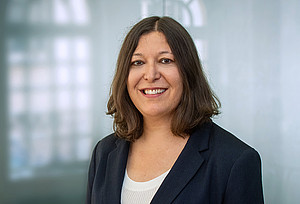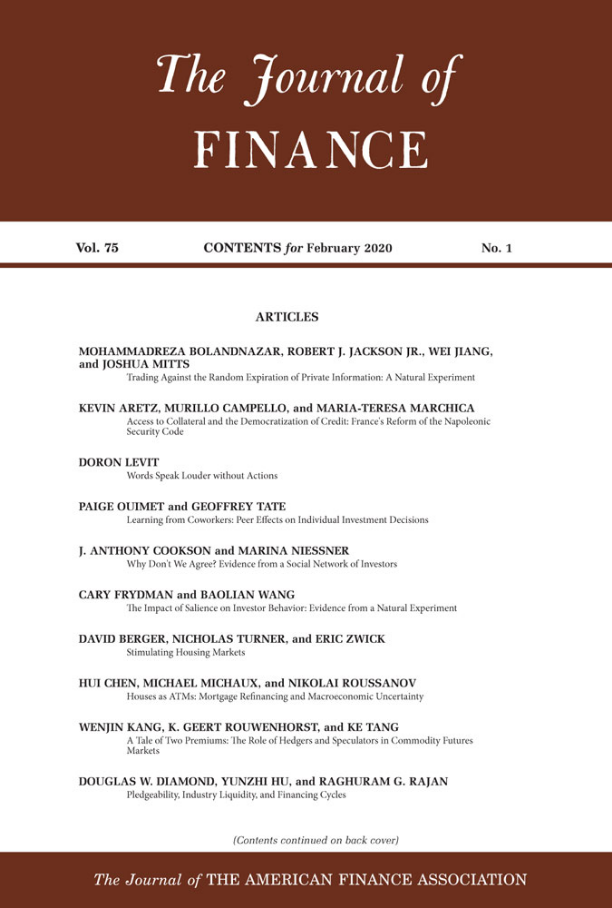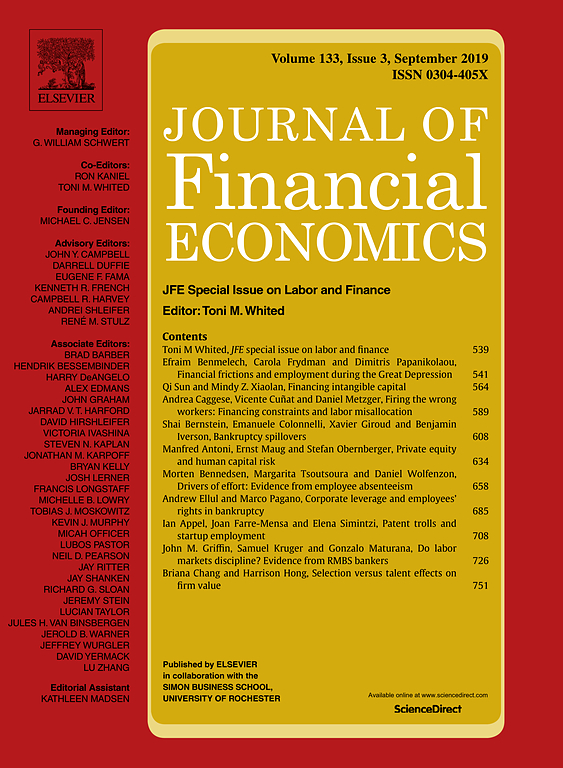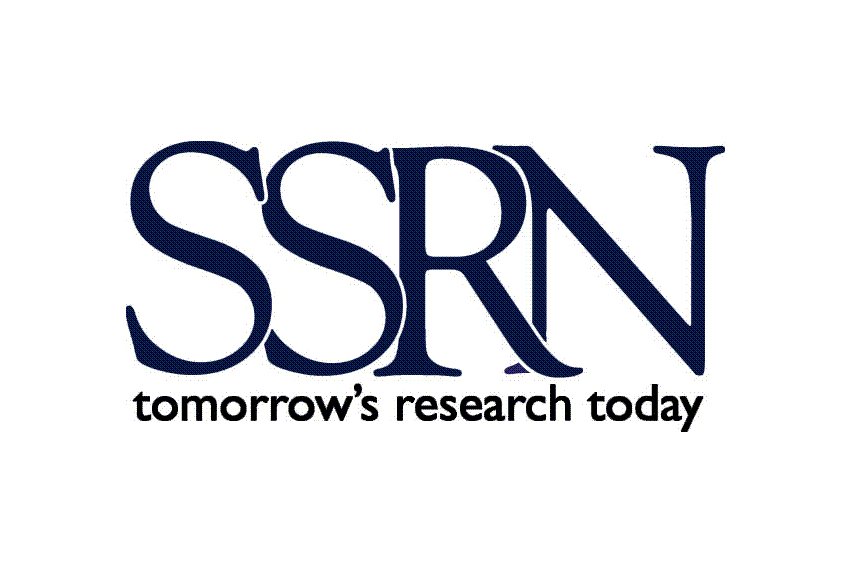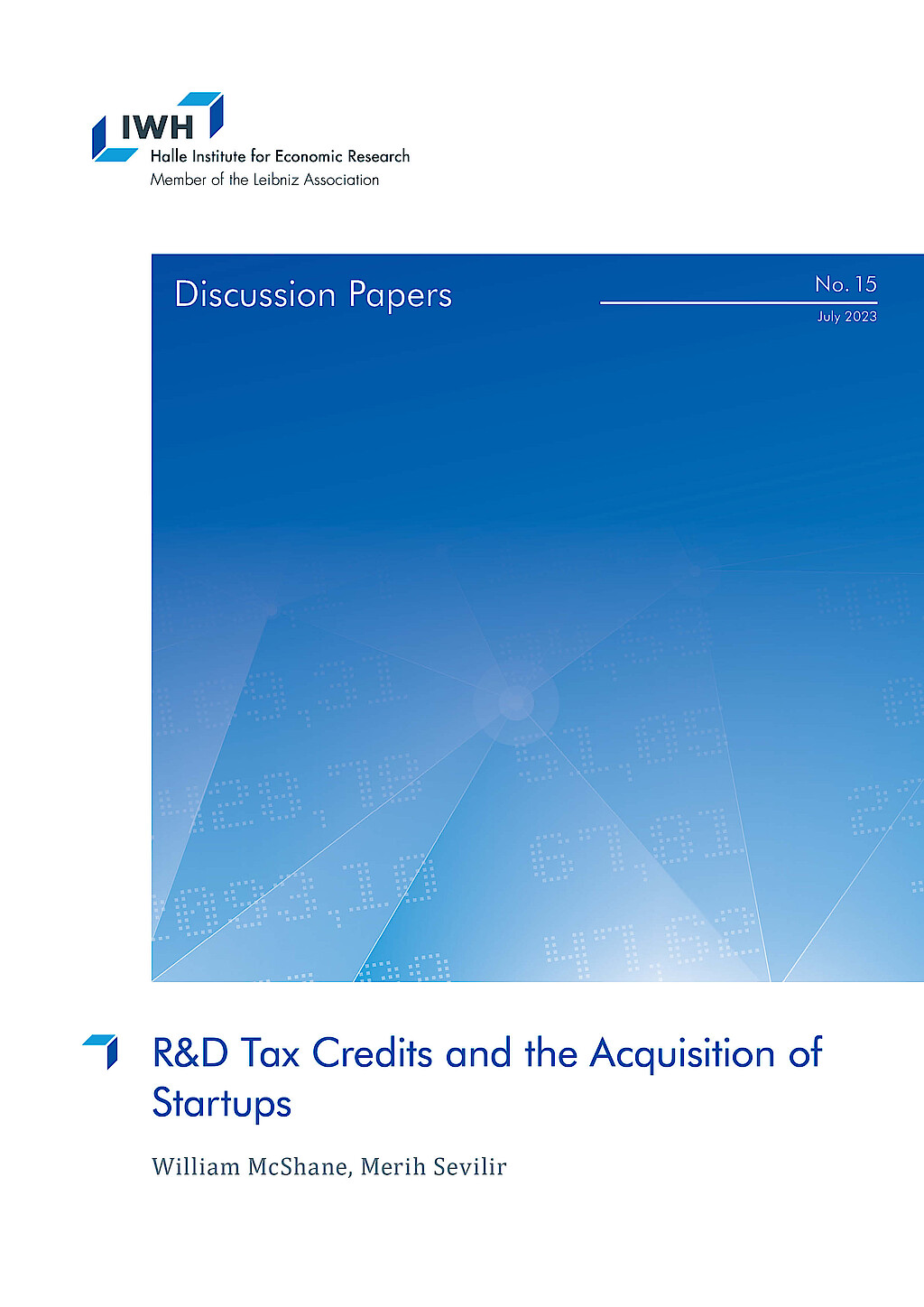Professor Merih Sevilir, PhD

Current Position
since 6/22
Head of the Department of Laws, Regulations and Factor Markets
Halle Institute for Economic Research (IWH) – Member of the Leibniz Association
since 6/22
Professor
European School of Management and Technology Berlin (ESMT)
since 1/23
Head of the Research Group Public Capital Markets and Startup Creation
Halle Institute for Economic Research (IWH) – Member of the Leibniz Association
Research Interests
- finance
- labour economics
- corporate governance
Merih Sevilir joined the institute in June 2022. She is head of the Department of Laws, Regulations and Factor Markets at IWH and Professor of Finance at European School of Management and Technology (ESMT) in Berlin.
Merih Sevilir studied at Bogazici University, University of Warwick, and INSEAD. She obtained her PhD degree in 2003 from INSEAD. Prior to joining IWH, she was Associate Professor of Finance at Indiana University.

